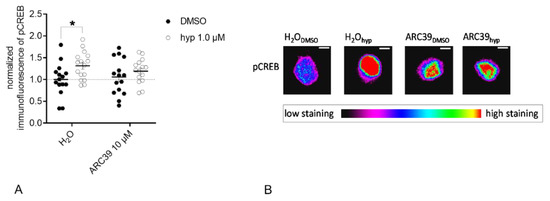

- CELLPROFILER NIGHTLY DIFFERENCES INSTALL
- CELLPROFILER NIGHTLY DIFFERENCES SOFTWARE
- CELLPROFILER NIGHTLY DIFFERENCES DOWNLOAD
- CELLPROFILER NIGHTLY DIFFERENCES FREE
It can then be accessed via ‘Plugins>Muscle morphometry’.
CELLPROFILER NIGHTLY DIFFERENCES INSTALL
You just need to place the ‘Muscle_morphometry-0.0.4.jar’ file in the ImageJ/Fiji plugins folder to install the plugin. You can find my plugin in this googledrive folder. It’s not perfect, but I think it’s reasonable.
CELLPROFILER NIGHTLY DIFFERENCES FREE
Please feel free to ignore me and my suggestion, especially if you would prefer not to try a pure ImageJ approach, which my suggestion is.Īdapting a muscle morphometry plugin that I created, I was able to get this segmentation of your sample: Hi I won’t be detracting from any of the other great answers here, but your problem looked similar to a type of analysis I have recently improved upon for one of my plugins so I thought I could offer an alternative approach. Find some way to threshold and mask out specifically the dark areas, such as by inverting the image in ImageMath, doing a Threshold there, and then doing a MaskImages module onto your original image before doing IPO.Use ImageMath to apply some sort of transformation to the image, such as squaring it, to increase the difference between the bright and dark areas (then return to 2).Try a pretty high threshold correction factor, ie greater than 2 whatever it takes for the dark lines to no longer be included in the thresholded area.Try a different thresholding algorithm- maybe 3-class Otsu with middle class to background, or MCE?.Turn your Threshold Smoothing Scale down to 0.Your options are, in order of difficulty to execute + reliability once executed to work across many images (easiest and most reliable on top): I tried making a binary mask in ImageJ and the segmenting algo still draws lines through the middle of cells!įrom what I can tell looking at your image, the problem is that the threshold being chosen is too low this is maybe not surprising, given that your image is mostly foreground, with very little background, whereas most algorithms expect a balance of both. It seems the problem has to do with the declumping, but I haven’t been able to improve the segmentation much better than the image above. But, I have tried many combinations of threshold strategy, method, smoothing, correction factor, window sizes. Settings: Here are setting used for the IdentifyPrimaryObjects segmentation above. Since most segmentation is done using nuclei, these are the steps I took which might be part of the problem. For example, about one third left from the right edge, one third down from the top edge are three cells that have randomly been divided into 2 or 3. When I try to segment in cell profiler, I’ve not been able to find settings that satisfactorily segment my cells, even though the edges seem obvious (dark black lines in the image above). Let us know if you encounter a bug by submitting a GitHub issue.We are trying different IF markers of cell membranes to help with segmentation (otherwise impossible), and this one looks absolutely amazing! This is in the liver, where multi-nucleated cells mean that nuclei-based segmentation does not work.
CELLPROFILER NIGHTLY DIFFERENCES DOWNLOAD
You can download a beta release for macOS and Windows from the CellProfiler website. If you’re an enthusiastic CellProfiler user, you should try the beta release of CellProfiler. Let us know if we’ve inadvertently broken your module by submitting a GitHub issue. You can download a nightly release for macOS and Windows from the CellProfiler website. If you’re the maintainer of a third-party CellProfiler module, you should use the nightly release of CellProfiler. Instructions for compiling CellProfiler on Linux, macOS and Windows are available from CellProfiler’s GitHub wiki. If you’re contributing or planning to contribute to CellProfiler, you should compile CellProfiler from source.

You can download a stable release for macOS and Windows from the CellProfiler website. We recommend the stable release of CellProfiler. What version of CellProfiler should I use? More information can be found in the CellProfiler Wiki.
CELLPROFILER NIGHTLY DIFFERENCES SOFTWARE
CellProfiler is a free open-source software designed to enable biologists without training in computer vision or programming to quantitatively measure phenotypes from thousands of images automatically.


 0 kommentar(er)
0 kommentar(er)
